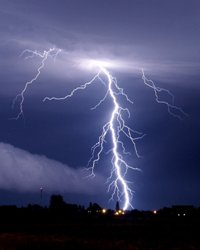Covers for Your Connectors
(blogger@L-com.com)
When you look at an entire link between devices, from terminal to server, for instance, the highest vulnerability point is at the connectors. That's because they are two separate products, most often a jack and a plug, that must correctly mate and allow the signal to pass with minimal loss. It's no surprise that the more connections you have in a link, the greater the loss overall.
Because they are so important and vulnerable, many people buy inexpensive connector covers to protect the connectors from anything that could harm them, including things like dust and particulates, moisture, and damage from moving or shipping the device or cable. Did you know that investing a small amount in dust cap protectors could dramatically extend the life of your devices and cables?


